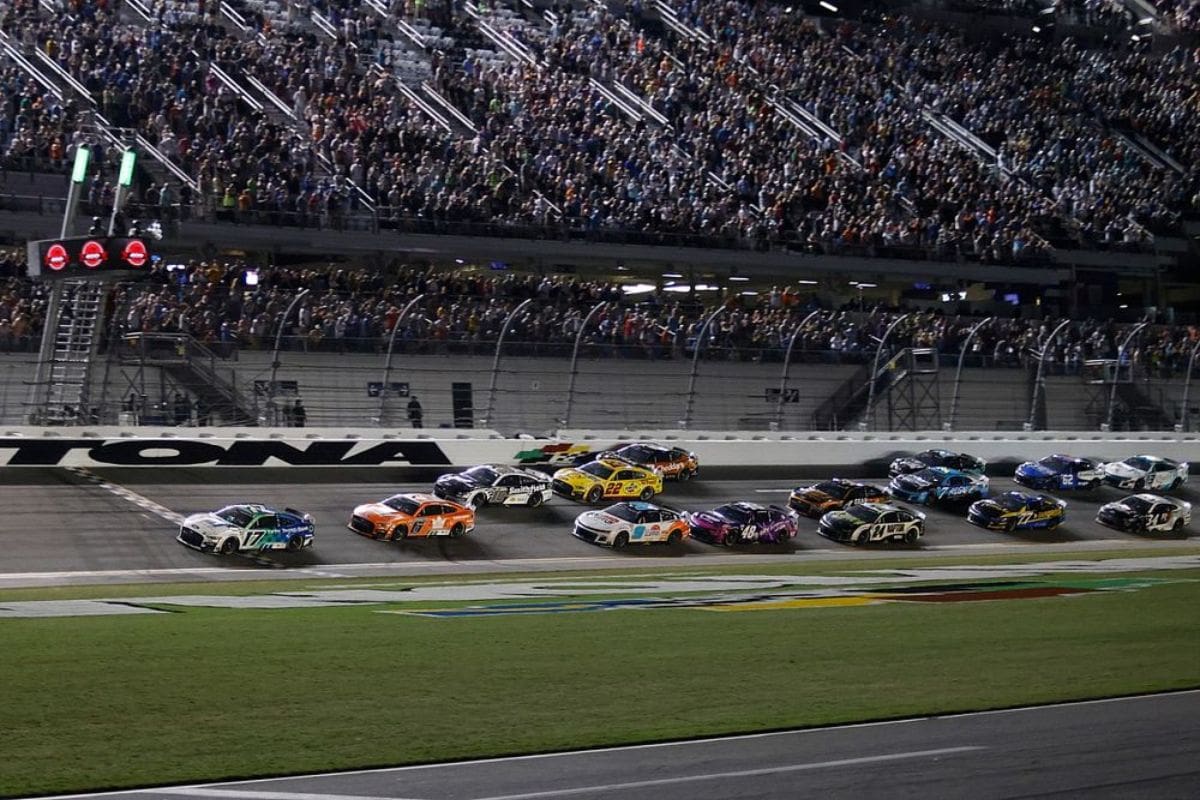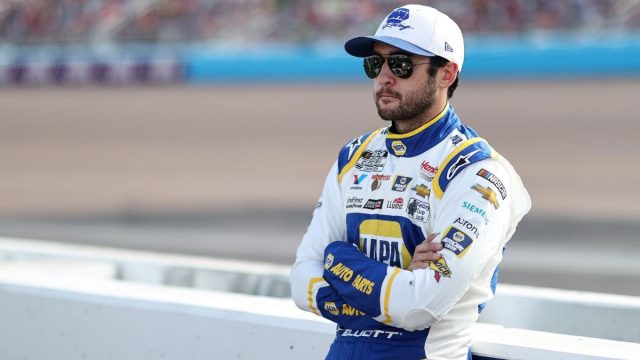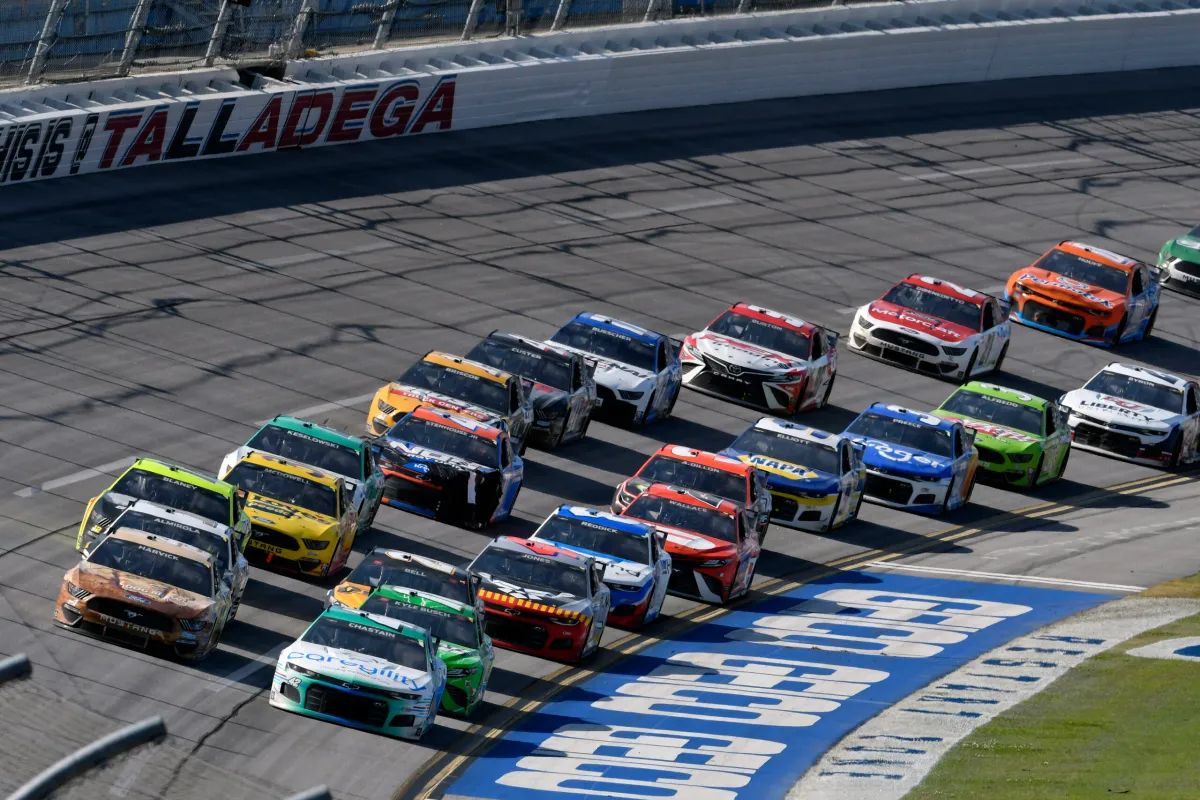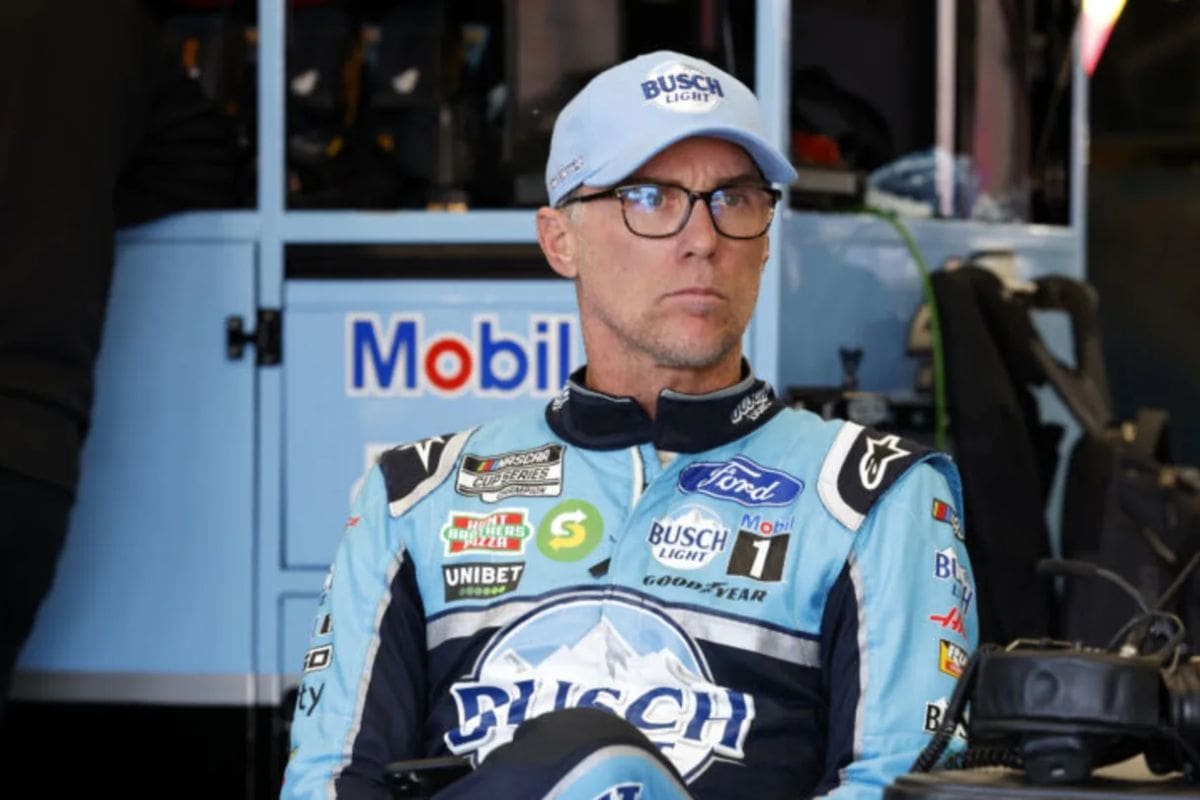Kevin Harvick on Daniel Suárez’s Car Fire at Daytona: Kevin Harvick’s response to Daniel Suarez’s car fire at Daytona highlights critical vulnerabilities within NASCAR’s safety protocols. His call for a reassessment of fire safety measures and vehicle design emphasizes the pressing need for innovation in fire-retardant materials and combustion management. Harvick’s insights not only reflect the immediate concerns of driver safety but also raise broader questions about the sport’s commitment to evolving its standards. As the implications of this incident unfold, it becomes crucial to evaluate what concrete steps NASCAR will take to guarantee such alarming occurrences do not repeat.
Key Highlights
- Kevin Harvick stressed the need for improved fire-retardant properties in car construction following Daniel Suarez’s car fire at Daytona.
- He highlighted the increasing frequency of fire-related incidents in NASCAR and called for enhanced safety measures for drivers.
- Harvick urged NASCAR to reassess safety protocols regarding fuel handling during pit stops to prevent future fires.
- He suggested analyzing vehicle components’ burn rates and flashpoints to address vulnerabilities in fire safety.
- Harvick emphasized learning from past incidents to strengthen fire safety features in NASCAR vehicles for driver protection.
Event Summary
The recent race at Daytona was characterized by a series of dramatic events that captivated fans and participants in a similar manner. The standout moment came when Harrison Burton secured an unexpected victory, propelling himself into the playoffs and altering the competitive landscape as the season progresses. His win not only highlighted his driving skill but also emphasized the unpredictable nature of NASCAR, where underdogs can rise to prominence amidst the fiercest of rivals.
Conversely, the race was tainted by a frightening incident involving Daniel Suarez, whose car became completely engulfed in flames. This incident served as a glaring reminder of the inherent dangers present in motorsport. As Suarez’s vehicle burned, spectators collectively held their breath, anxiously awaiting confirmation of his safety. The quick response from the safety crews and Suarez’s own composure allowed him to exit the vehicle unscathed, an outcome that offered a sigh of relief to fans and fellow drivers similarly.

These contrasting narratives—Burton’s victorious ascent and Suarez’s perilous moment—highlight the multifaceted nature of racing. The Daytona event not only delivered thrilling competition but also reinforced the paramount importance of safety in NASCAR.
NASCAR Insider’s Reaction
Following the harrowing incident involving Daniel Suarez at Daytona, discussions among NASCAR insiders have intensified regarding the safety measures in place for race vehicles. Veteran driver Kevin Harvick has emerged as a vocal advocate for a reassessment of the materials used in car construction, specifically pointing to the fire-retardant properties of body panels. His observations resonate with an increasing concern about the frequency of fire-related incidents in modern NASCAR racing.
Harvick articulated a critical perspective on the current state of safety protocols, suggesting that the existing standards may be insufficient to protect drivers in extreme situations. “We’ve seen a lot of these cars catch on fire,” he stated during his podcast, emphasizing the alarming trend that has emerged in recent seasons. His assertion that such incidents should not dictate a car’s ability to compete highlights a need for more robust safety measures that can withstand the rigors of high-speed racing.
“We’ve seen a lot of these cars catch on fire, and I think that some of the fire retardant of the body panels and a lot of the panels inside the car probably should be looked at with everything that happened in this particular situation.” -Harvick
As the NASCAR community grapples with the implications of Suarez’s incident, Harvick’s commentary serves as a catalyst for reevaluating safety regulations. The call for improved fire-retardant materials could pave the way for a new era of vehicle design, prioritizing driver safety above all else.
As insiders weigh the potential for reform, it becomes increasingly clear that proactive measures are crucial in safeguarding the future of the sport. The discussion initiated by Harvick may ultimately lead to significant changes that could prevent similar incidents and protect the lives of drivers on the track.
Cause of the Fire
Amidst the chaos of the Daytona race, the root cause of Daniel Suarez’s car fire emerged as a crucial focal point for analysis. The incident stemmed from a series of unfortunate events following Denny Hamlin’s pit stop, where a trail of fuel was inadvertently ignited. This ignited fuel then traveled back to Suarez’s No. 99 car, culminating in a rapid and intense fire that engulfed the rear of the vehicle within moments.
This occurrence raises important questions regarding both the design of the cars and the protocols in place during pit stops. The swift ignition of fuel suggests that there may be vulnerabilities in the system that allow for such dangerous situations to arise. While it remains to be seen whether NASCAR’s research and development teams will scrutinize the panels of the vehicles for potential design flaws, the Suarez incident serves as a striking reminder of the inherent risks involved in the sport.
Moreover, it highlights the necessity for rigorous safety measures and fuel management protocols to mitigate future hazards. The incident could act as a catalyst for NASCAR to reassess existing safety standards, particularly concerning fuel handling and fire prevention.
Kevin Harvick’s Concerns and Suggestions
In view of the alarming fire incident involving Daniel Suarez’s car, Kevin Harvick has voiced considerable concerns regarding current safety protocols and vehicle design in NASCAR. Harvick emphasizes the significance of learning from such unique situations, pointing out that previous incidents, including his own experiences with inadequate fire safety measures, highlight a systemic failure to address crucial vulnerabilities.
He recalls the lack of fire retardant on the foam in car doors, which led to unnecessary vehicle losses and could have endangered drivers.
Harvick advocates for an urgent reassessment of the fire safety features integrated into NASCAR vehicles. He specifically questions the burn rate and flashpoints of different components, suggesting that a thorough evaluation of materials used in body panels and other parts is critical. The fact that mudflaps have previously ignited during burnouts emphasizes a broader issue that warrants immediate attention.
“So it’s a very unique situation, which is how we get to a lot of these scenarios of learning.”
“And I think that this is definitely something that we need to learn from. We didn’t learn from the foam in the doors and the heat shields and there was no fire retardant on the foam that was in the doors, and we just let five or six cars burn up and finally I’d had enough. And we had the ‘crappy ass parts’ comment when it happened at Darlington and ended my race.” – Harvick
Furthermore, Harvick calls for a proactive approach to safety, urging NASCAR to take a detailed look at the parts involved in the Suarez incident. He insists that understanding the combustion characteristics of these components is crucial to preventing future fires.
As a veteran driver, Harvick’s insights reflect the need for an industry-wide commitment to improving safety protocols. The consequences of inaction are clear; as he aptly states, such incidents “shouldn’t happen.” His suggestions serve as a catalyst for change, aiming to safeguard drivers and improve the integrity of the sport.
“I think everybody would want to see the burn rate as to what those, the flashpoint is for a lot of those panels and pieces that caught on fire, because that shouldn’t happen.” – Harvick
News in Brief: Kevin Harvick on Daniel Suárez’s Car Fire at Daytona
In consideration of Daniel Suarez’s recent car fire at Daytona, the necessity for a reassessment of NASCAR’s fire safety protocols and vehicle design becomes increasingly evident. Kevin Harvick’s insights highlight the importance of evaluating fire-retardant materials and combustion characteristics to improve driver safety. Proactive measures must be adopted to address existing vulnerabilities and prevent similar incidents in the future. The racing community must prioritize safety advancements to guarantee the well-being of all participants in the sport.
ALSO READ: Kevin Harvick Slams NASCAR’s Outdated Benefits Favoring Burton and Suarez


